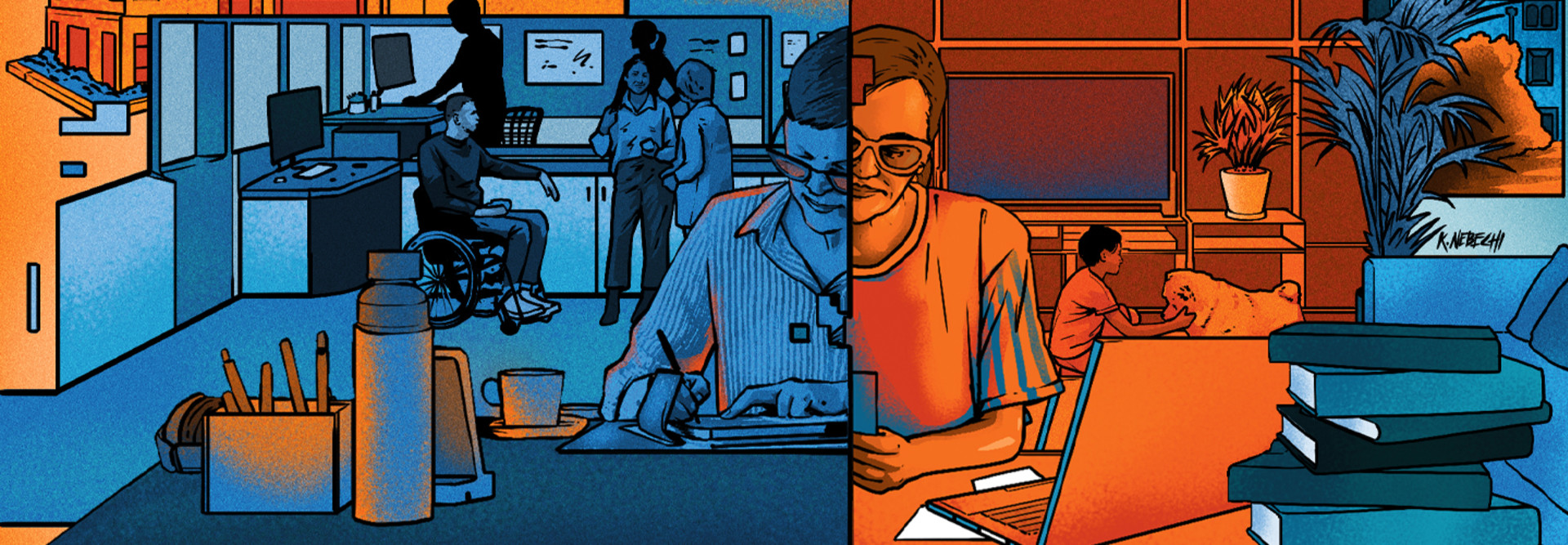A HyFlex Teaching Model Makes Learning Accessible to Adult Students
Ryan McCabe, associate vice president of academic technology and high-impact practice at Finger Lakes Community College, describes the college’s population as “on the small side,” at approximately 5,500 full- and part-time students. About 40 percent are 22 years old or older. HyFlex courses have been beneficial.
“Adults seem the most interested in HyFlex,” says McCabe. “They have children, work, transportation issues. HyFlex offers them the opportunity to fully participate and not lose a step.”
FLCC had already started experimenting with HyFlex classes when the pandemic hit. The institution quickly added more, using primarily Cisco and Webex products and setting up the rooms with screens, motion-tracking cameras and microphones.
FIND OUT: How universities are reimagining teaching labs for a virtual future.
“Incorporating HyFlex didn’t cost us anything, other than the initial spending on hardware and software. Now, the rooms are ready to go,” says McCabe.
Prior to the pandemic, about 25 percent of FLCC’s classes were available online. Currently, about 50 percent of classes are online, with about five to 10 percent delivered as HyFlex courses. Both McCabe and Rae, the culinary instructor, don’t see HyFlex going away anytime soon.
McCabe also wants to make sure that his school is focused on the needs of adult learners.
“At the end of the day, we don’t want our adult learners to be put in the position of deciding between living their lives and getting an education,” he says. “We want to make sure they have the support to handle all of life’s responsibilities, get a job, get a degree and increase their lifetime income significantly.”













